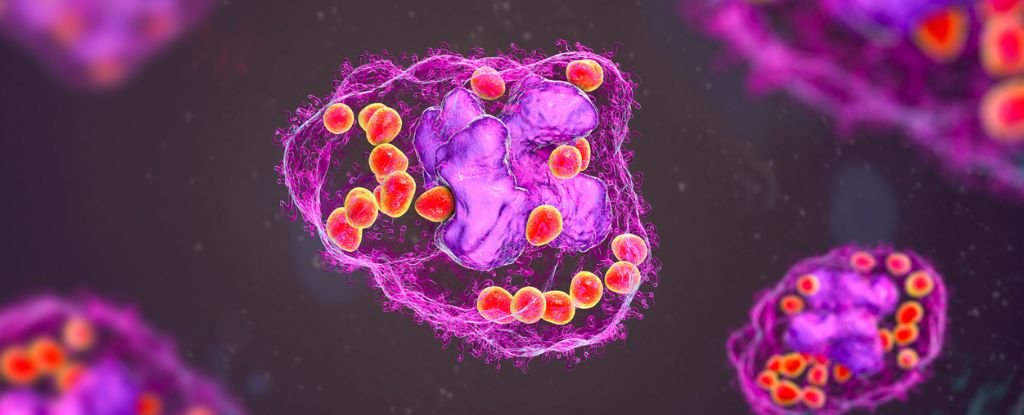Researchers in Australia have made a landmark discovery in cellular biology, identifying a new type of cell that fills a critical gap in our knowledge of healing processes in mammals.
This discovery comes after more than a century of speculation by scientists about the existence of such cells.

The cells, named ‘EndoMac progenitors,’ were found in the aorta of adult mice and have shown remarkable capabilities in aiding tissue repair.
This discovery, which took nine years to achieve, was led by a team from the South Australian Health and Medical Research Institute (SAHMRI).
The researchers are now looking for similar cells in human bodies.
The role of the newly found cells is to help grow blood vessels at sites of injury or poor blood flow, effectively accelerating the healing process.
According to Sanuri Liyanage, a medical scientist at SAHMRI, these cells activate rapidly in response to such conditions and expand to assist in tissue repair.
To understand how EndoMac progenitor cells function, it’s essential first to consider macrophages.
Macrophages are immune cells crucial to development and are among the first cells produced by an embryo.
They persist into adulthood, residing in various tissues, renewing themselves to maintain the body’s defenses against pathogens.
Historically, it was theorized that some circulating stem cells could generate new macrophages in adult mammals, refreshing the existing ones.
However, recent evidence suggested that bone marrow-derived stem cells are limited to specific tissues such as the gut, skin, and heart.
The new research supports the idea that stem cells established before birth could be producing new macrophages in adulthood.
The newly discovered EndoMac progenitors were isolated from mice and cultured in the lab to form colonies.
When these colonies were injected into diabetic mouse models, the cells significantly improved wound healing.
Within two weeks, the progenitor cells transformed into macrophages and endothelial cells, which line blood vessels, thereby accelerating tissue repair.
EndoMac progenitors hold an intriguing advantage: they lack specific markers that would trigger an immune response, making them ideal for transplantation therapies.
Liyanage and co-researcher Anna Williamson, also from SAHMRI, are continuing to explore the potential of these cells.
Their unpublished preliminary research indicates the possibility of similar cells existing in human aortas.
“In theory, this could become a significant breakthrough for patients suffering from chronic wounds,” Liyanage stated.
“The implications of our findings could be massive, but it’s still early days.”
The discovery of EndoMac progenitors has been hailed as a promising development in medical science, potentially leading to more effective treatments that support the body’s natural healing processes.
This world-first discovery was published in the journal Nature Communications.
